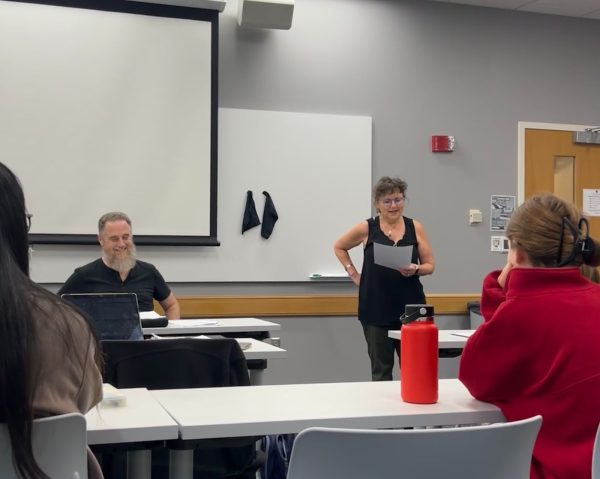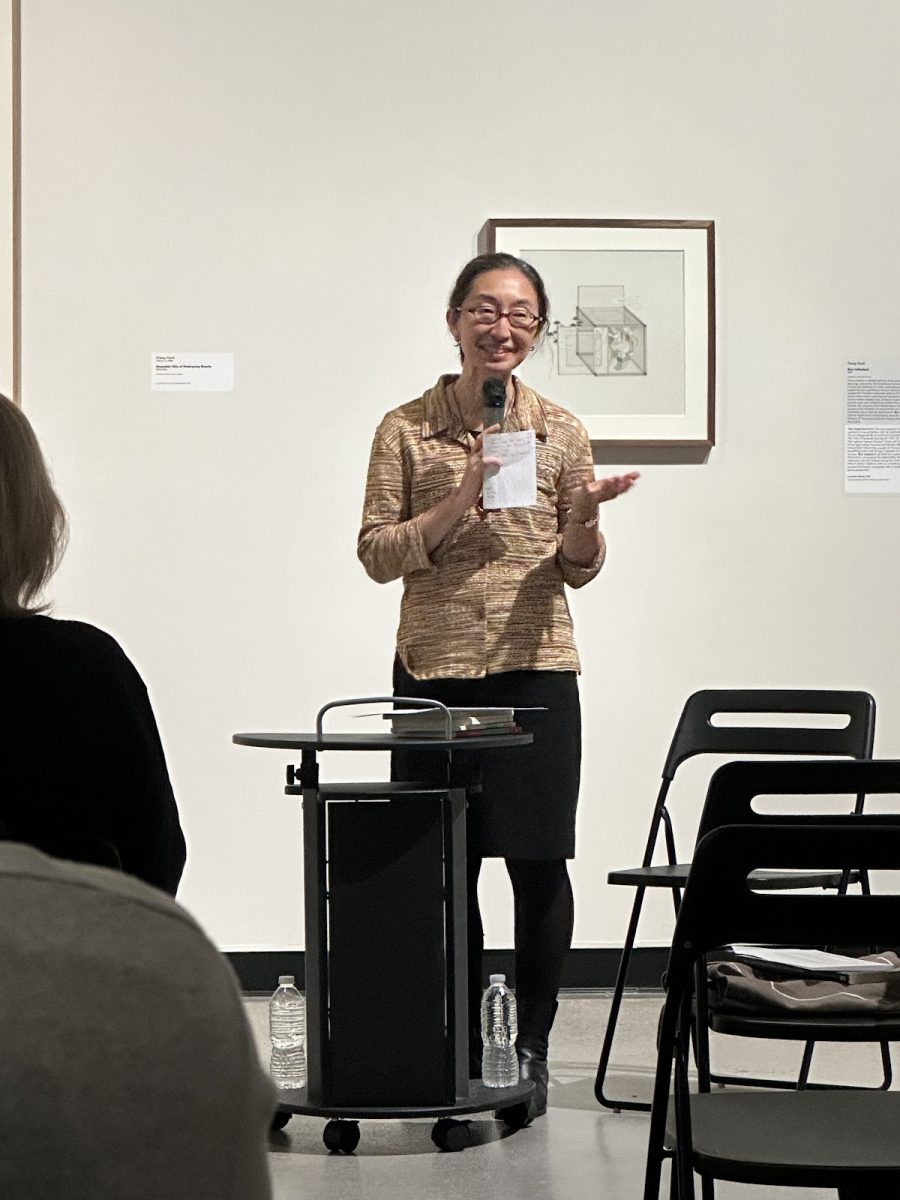The Cherokee language, native to western North Carolina, is in danger of having no first-language speakers — with approximately 2,000 first-language speakers existing today. A variety of factors contribute to the language’s decline, including pressure by the government to speak English and to stray away from the native language in order to gain more of an advantage in the English-speaking economy.
Dr. Jeffrey Bourns is an affiliate research scientist in linguistics at Northeastern University. He was the former project linguist for the Digital Archive of Indigenous Language Persistence (DAILP), which works to record indigenous peoples’ knowledge to serve future generations. After receiving his PhD from Harvard and extensively studying the writing systems of ancient Indo-European languages, Bourns was planning to continue his research in that same field. However, after working with the DAILP project and learning more about the Cherokee language, he has committed his research to the language.
“I found what interested me and spoke to my training and followed it,” Bourn said.
His work centers on the linguistic history of the Cherokee language and its early texts, including the Cherokee Syllabary. On Oct. 8, 2024, he presented some of his research on the syllabary to a group of professors and students, where he explained how he traced the use of a super high accent to locate the origins of adjectives in Cherokee.

introduces Jeffrey Bourns and his talk “The Deverbal Origins of Cherokee Adjectives.” (Lydia Derris)
In his talk, Bourns walks the audience through many examples to distinguish the purpose of accents and how it changes the meaning of works in Cherokee. He draws examples from the Cherokee Spelling Book, which was published in 1819 and stands as one of the earliest sources of recorded Cherokee language.
“That book is especially precious since it predates the syllabary by a few years. It’s important to show respect for the original texts and not just to look at the secondary findings of other linguists,” Bourns said.
Cherokee is unique from English in that a single word in Cherokee can be the equivalent of an entire sentence in English. It also presents changing tones within words, which languages like Mandarin have but English does not. While these all seem foreign to English and other European language speakers, it is intuitive for Cherokee speakers.
“The syllabary is meant for Cherokee speakers. It is a skeleton of the word, and speakers can flesh out the intonations and accents,” Bourns said.

(Emma Leonard)
Although Cherokee and English seem to be completely different languages, some linguists hypothesize that Cherokee has been influenced by English speakers over time, especially in the development of adjectives. Adjectives do not exist in ancestral languages or other Iroquian languages, suggesting that speakers of Cherokee began to develop adjectives when the group broke off from the ancient group of Iroquoian-language speakers and interacted with English speakers.
In studying the origins of the Cherokee language and sharing knowledge with other linguists and non-linguists alike, Bourns is aiding the revitalization effort of a dying language. In a show of great community strength, Cherokee communities in North Carolina have developed learning materials for immersion schools to teach new generations how to speak, read and write Cherokee. Research like Bourn’s allows for knowledge to be recorded and used to maintain the efforts to pass it on to the next generations in immersion schools and for scholars of language outside the Cherokee community.






















Scott • Nov 13, 2024 at 9:42 pm
This is terrific work. Thanks for shining a light on this!